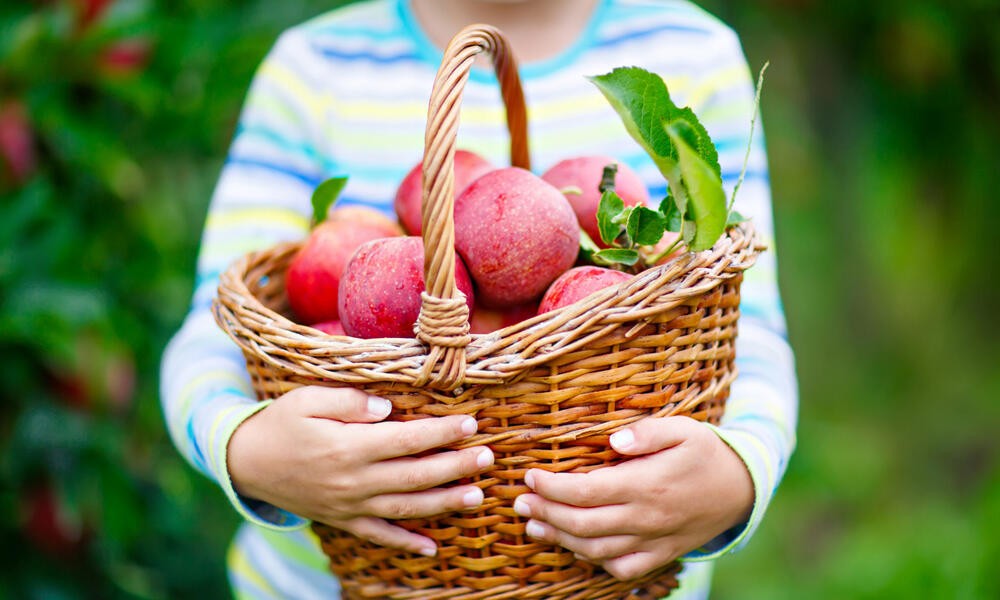Summer has hardly arrived and is already leaving: officially it is now late summer. And there are a few chores to do in the garden. Watering and weeding, of course, mowing the lawn – and these four tasks.
Harvest
The fruit trees bear fruit, berries ripen on the bushes and in the vegetable garden zucchini, cucumbers, leeks and pumpkins are in a race. Fruits and vegetables are ready for harvesting when they have the typical color or aroma of the variety. Do not harvest too early, so that the fruits can properly develop their full aroma. Be careful with pears, which quickly taste mealy if left hanging on the tree for too long.
With pome fruits such as apples or pears, you can orient yourself by the color of the seeds. Ripe pips turn dark, which is best tested on fallen fruit. However, pit color is always only a guide and does not apply to all varieties. If you don’t have any fallen fruit available or are otherwise unsure, you can also try the so-called tilt test on apples and pears: take a fruit in your hand and bend the stem to the side by a maximum of 90 degrees. Fruit that is ripe for picking will then detach from the tree together with the stem. If the stalk remains hanging, wait with the harvest.
Cut lavender
It has delighted us all summer with its flowers, but now the lavender (Lavandula angustifolia) is slowly running out of breath. In order to prevent the semi-shrub from becoming woody at its base over the years and thus acquiring a shaggy appearance, you need to prune it in late summer. You can do this in a calm manner and cut back all the shoots by about a third with hedge shears after flowering. To make things easier for yourself, tie the shoots together in a mophead fashion beforehand. In late winter or early spring, prune the lavender again, trimming new shoots from late summer by about two-thirds of the shoot length. Do not cut all the way into the wood, from this the plants will no longer sprout or will sprout very sparsely.
Green manure for the next season.
If you want to loosen up your soil in the kitchen garden or in bare spots in the perennial bed or enrich it with humus, apply a green manure in late summer – that is, plants such as lupines, clover and other butterfly weeds that increase the nutrient content in the soil. They send their roots deep into the soil, loosening even heavy soils. After the plants die or are lopped off, the root channels remain in the soil, providing water drainage and aeration. This often even replaces digging.
For green manure, the surface does not need to be completely level, but loose and weed-free. Loosen the area to a fine crumb with a digging fork, metal rake, or cultivator and sow the green manure in broadcasted form by hand or even a spreader, rolling the seeds and keeping the soil moist until germination.
Pruning in late summer
Although most trees and shrubs should be pruned in late winter, there are late summer candidates: sweet cherry, blueberry, dogwood, and boxwood get their topiary best now. Climbing and cut roses, as well as aquatic and riparian plants, may and should also be pruned in August and September to look their best next year. Apart from these major pruning jobs, you should of course also regularly cut off or clip off wilted flowers in the perennial bed so that the plants can put the last of their energy into the remaining flowers.










